Skateboarding and Injury Prevention


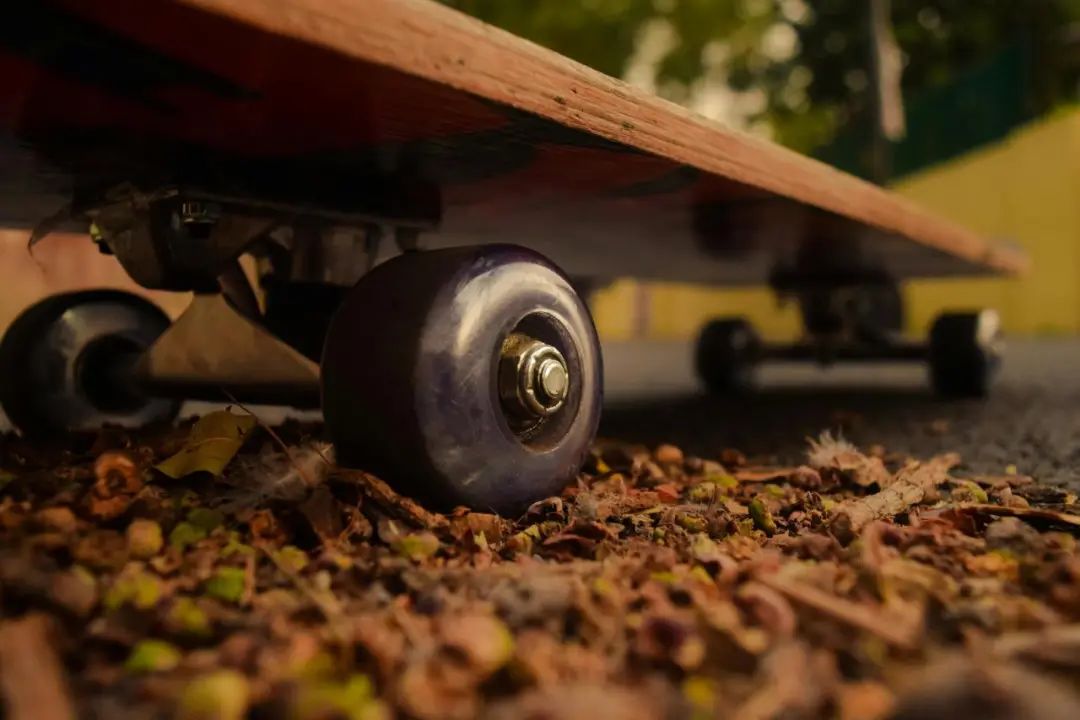
Skateboarding is becoming increasingly popular around the globe. In Shanghai alone we’ve seen not just the growth of the sport, but also engagement and enthusiasm just in spectating. In May, we saw the 2024 Olympic Qualifiers in Shanghai, which featured sports like breaking, climbing and of course, skateboarding. And most recently, the FISE World Series – an event which features both amateurs and professionals compete in urban sports – came to Shanghai’s West Bund in October.

Author / Lauren
UP Medical
According to Grand View Research, China holds the largest growth in the sport in the Asia Pacific market with a compound annual growth rate of 4.5%. Seen as both a sport and fashion symbol has allowed retailers to capitalize on the growth, thus fueling more engagement for those interested to learn to ride. With the growing development of skate parks in urban areas, brands like Shehui leading the charge and the overall increase in enthusiasm for young riders, we thought it would be worth sharing best practices to keep you switching and sliding as safely as possible.
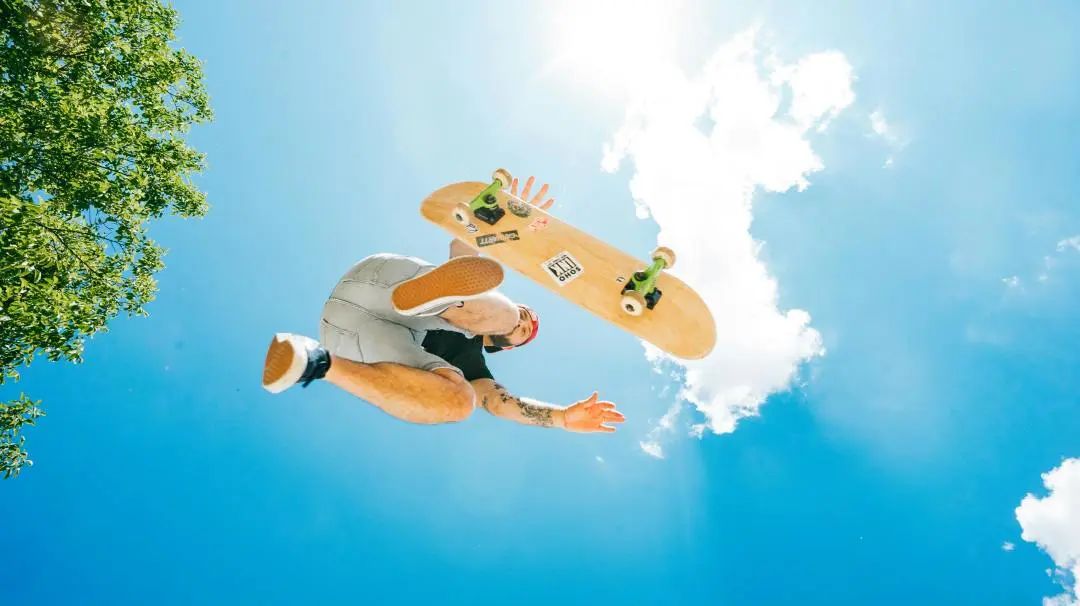
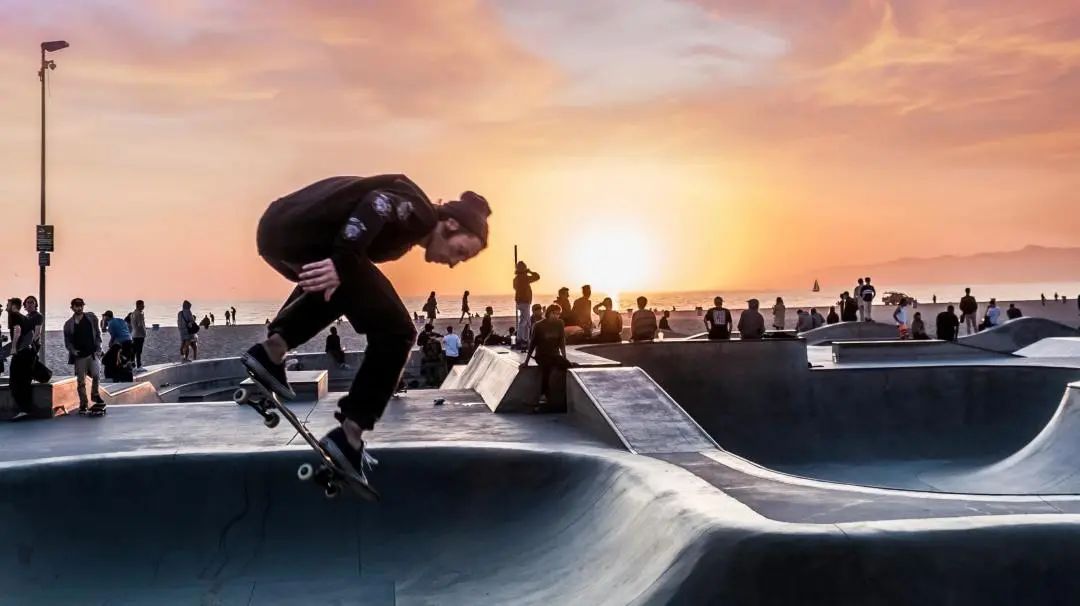
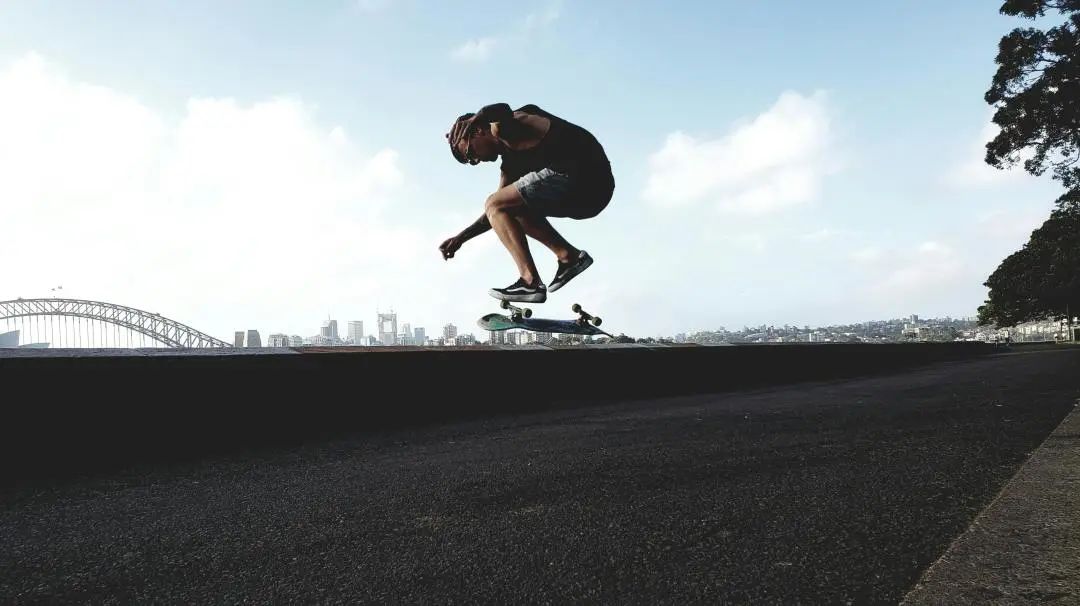
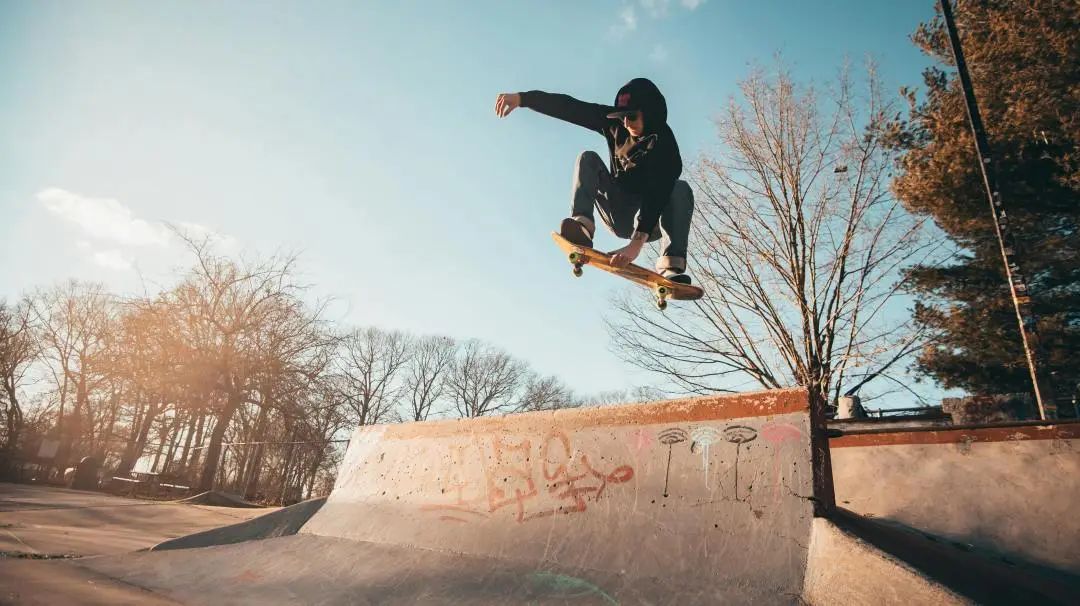
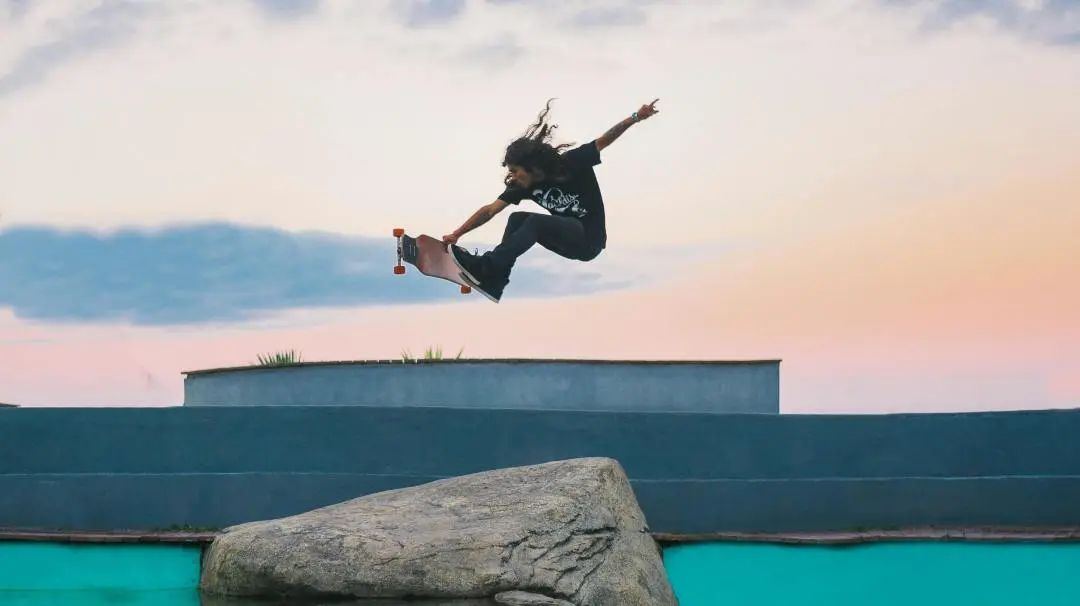
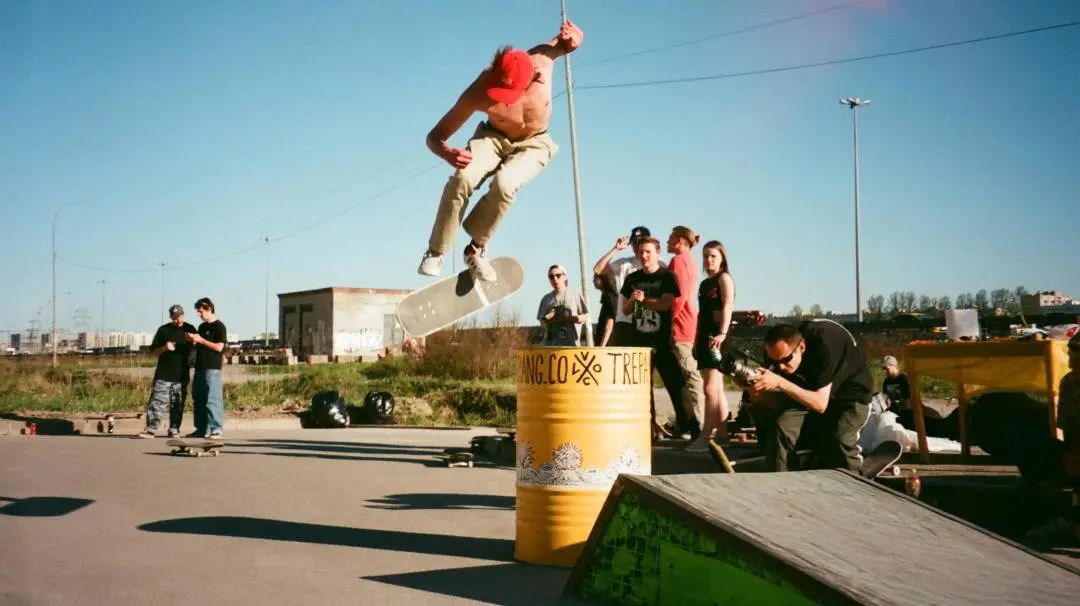

Physical Therapy & Skateboarding Best Practices
Skateboarding is a full body sport that not only requires strength, but also balance, coordination, technique and training. It’s an endurance-based activity with a lot of repetitive motions. With a variety of different surfaces to land upon, the body needs to build up mobility and strength to handle the forces and transitions.
It’s common for breaks and sprains to happen due to the landing force. Once misstep and an improper landing and it could be an ankle, foot, knee, wrist or worse. Plantar fasciitis is the most common cause of heel pain in skateboarders, which can cause irritation in the heel and bottom of the foot and prevent you from riding. Being preventative and adding in strengthening and mobility exercises can help skaters to avoid injury or lessen the effects of a bad fall.
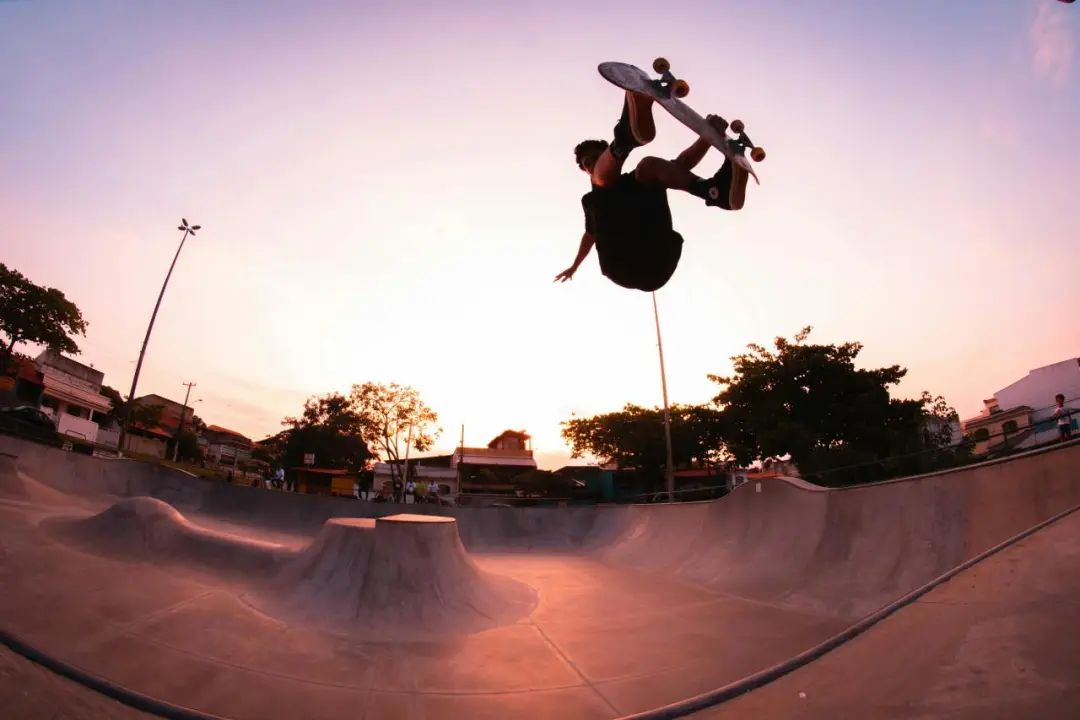
As with all sports, physical therapy is not just helpful with optimizing performance, but also supports recovery should you seriously injure yourself. To maintain performance and prevent injuries, many elite players integrate physical therapy into their training regimen. Some of the best practices for physical therapy with the sport include:
1.Plantar Fasciitis: The plantar fascia is the flat band of tissue that connects your heel bone to your toes, providing support to the arch of your foot, so you can see how important it is when it comes to skating. When strained, your plantar fascia may get weak, swollen, irritated, and/or inflamed. Physical therapy treatments and solutions can include everything from manual therapy to electrotherapy to help eliminate the pain.
2.Core Strength and Endurance: From the pelvic floor to the diaphragm and everything that connects to the spine, having a strong core is vital. Maintaining strong trunk stability will help you stabilize on the board as well as allow you to grow your in your performance up ramps and along edges.
3.Hip Flexibility: Tight hips will keep you from riding comfortably and for long. In skateboarding, it’s critical that you can stay low to maintain balance, twist and turn, but if your hips are too tight, you might have trouble doing just that. Not only are stiff hips uncomfortable, but without adequate flexibility in this central link, you might also compensate in other areas such as the back, ankles and even neck.
4.Impact Control: Injuries most commonly caused in skateboarding come from repetition and falling. Physiotherapy can help to manage and reduce pain and inflammation, through practices such as soft tissue work and myofascial release. You’d be surprised at the list of injuries that can occur from skateboarding, but can include tears, strains, tendonitis, breaks and more.
5.Alignment Tests & Posture: Training in an inefficient state is only going to keep you riding for so long. For optimal performance, it’s important to be able to test your full range of motion and check spinal alignment to keep you safe and efficient in your practice.

If you practice the sport, or are just trying it out, keep in mind that Physical Therapists at UP can incorporate both recovery practices and top training to help you perform and stay safe in the skate park. By integrating these specialized services into your training routines, you can enhance your skills, extend your career, and enjoy the sport they love with reduced risk of injury. Embracing physical therapy early can lay a solid foundation for long-term success.
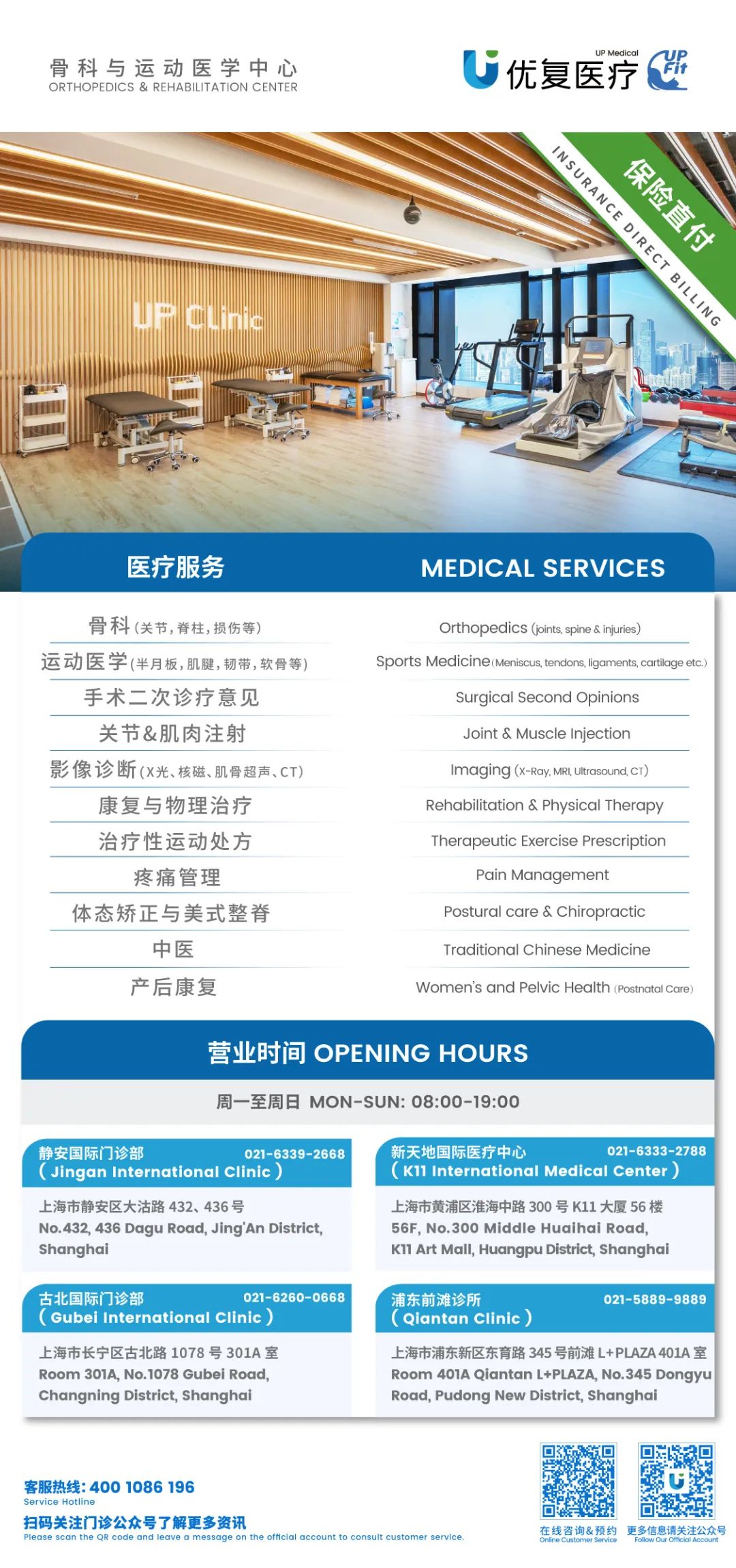
本篇文章来源于微信公众号: 上海优复康复医学门诊部

